Caroline Ravello’s healing art
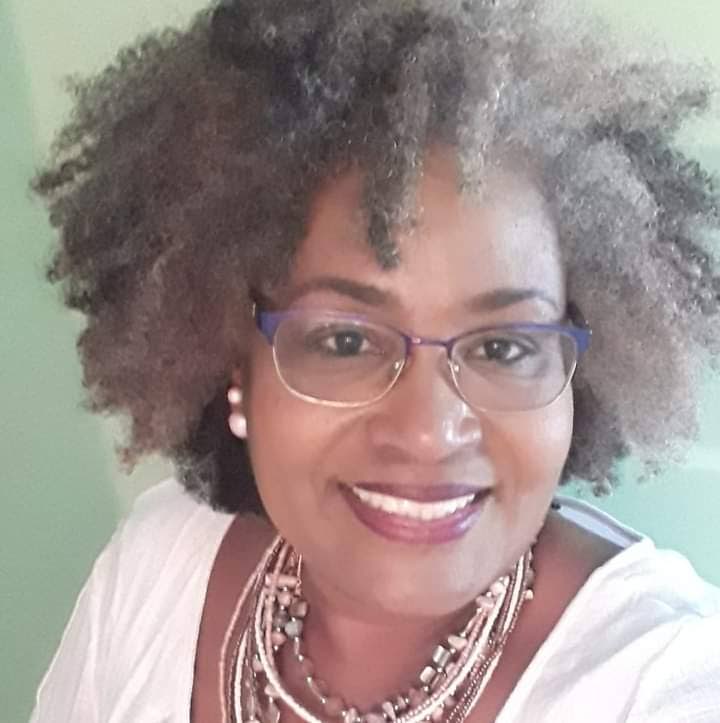
Art is woven into Caroline C Ravello’s healing.
The communicator and mental-health specialist is well-known for frontally addressing her mental health in her weekly newspaper columns. She is currently a full-time student and writes her columns.
The art that is part of her healing is now being shown in an online exhibition called To My Mind. The exhibition runs from November 16-December 16 on Issuu. The link to a 44-page online catalogue is available on her Instagram and Facebook pages.
There are 43 pieces listed for sale in the catalogue, but those are only some of the 60 pieces, painted between 2012 and 2022, that Ravello wanted to show as her 60th birthday approaches. She calls it 60 for 60.
Currently there is only this virtual exhibition, as the other 17 have been exhibited at Arnim’s Art Galleria Ltd, San Fernando, and the Rotunda Gallery, at the Red House.
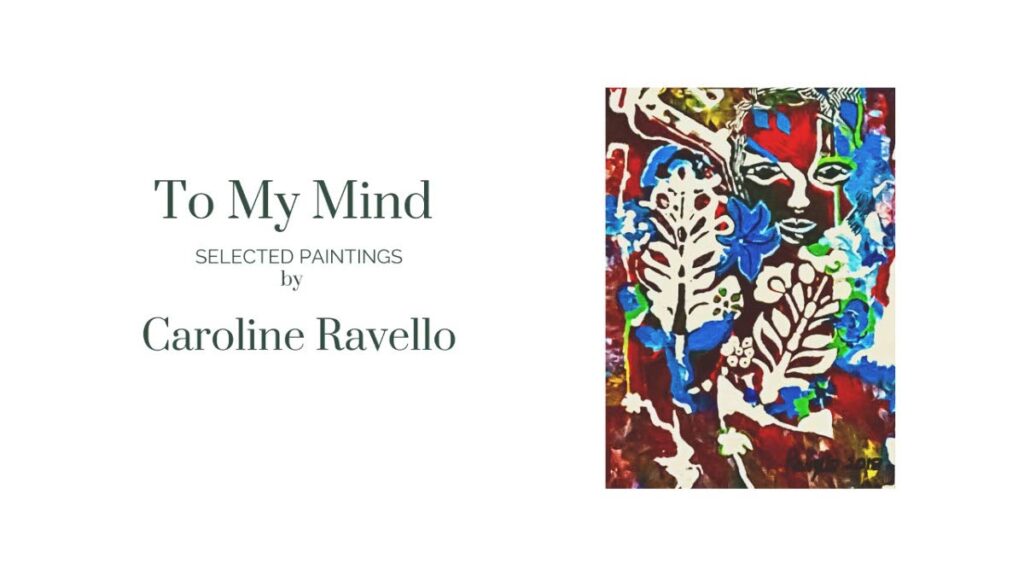
Ravello was first diagnosed with mental illness as a teenager in the late 1970s.
“For decades, I had been in and out of psychiatric care. That includes, of course, psychotherapy and pharmacotherapy (medication), helping to manage my health.”
But there was a time in her 20s and 30s when she did not want to take medication. She slowly recognised there was a deterioration in her health.
“I went back into psychotherapy and taking the meds for decades, to have balanced days, to be able to function in the workplace.”
Ravello manages bipolar disorder II.
“It is not moodiness. It is a mood disorder that takes you to highs and lows, depending on your current situation.”
Up to mid-2004-5, Ravello managed her condition with medication and therapy.
When she stopped working in 2010, she wanted to try something different. She moved to Moruga, where her family is from, and took up horticulture. She is still in Moruga, but has moved to another part of the area.
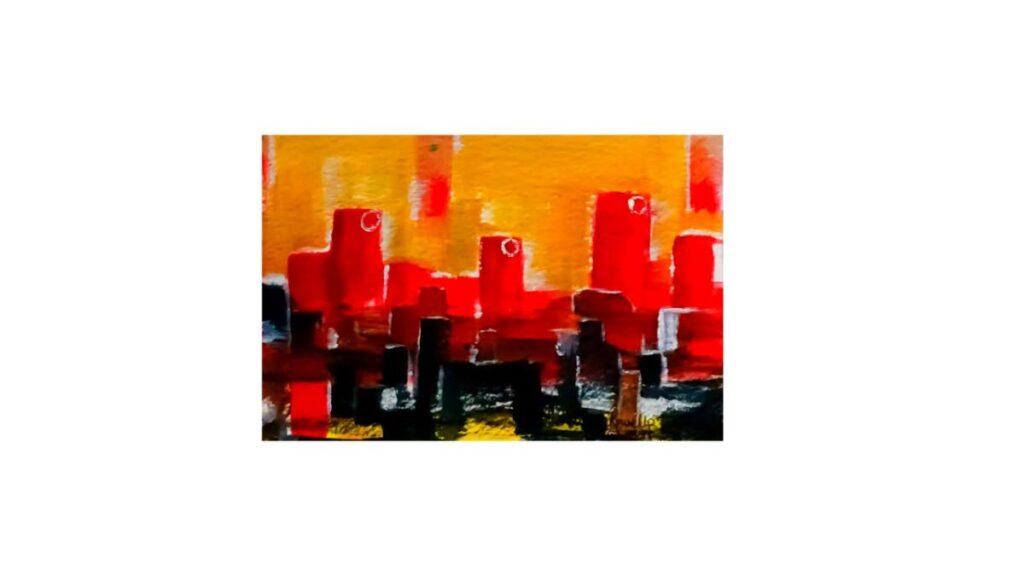
She also wanted to paint ever ever since taking an art class at the University of the West Indies (UWI) in the 1980s. She also began collecting art supplies.
“I just decided I could paint.”
Ravello would use the Internet to learn even more about art; looking at other people’s work. She also did a free course where she could practise.
Being around some of Trinidad and Tobago’s experienced artists also helped her refine the craft.
She had been doing some research on her own on late artist LeRoy Clarke, which led to a book about him commissioned by the government, as part of a plan to start a series on TT artists.
“I had that opportunity to look at a master and I had many, many days looking at him paint. But I also did some years of research. When I started researching, he did not know. This was me, just curious,” she said.
This helped her grow as an artist.
From those early days to now, Ravello has built a large body of work, which is included in this exhibition. She has been painting for more than ten years now, and paints regularly: “Because painting is my therapy, once I am not feeling well, I paint. I paint regularly if I am not feeling well. I paint when I am feeling well now. Now that I am into it, I really love it.”
What Ravello does is different from art therapy, a method of treatment which has its roots in psychoanalysis, she said.
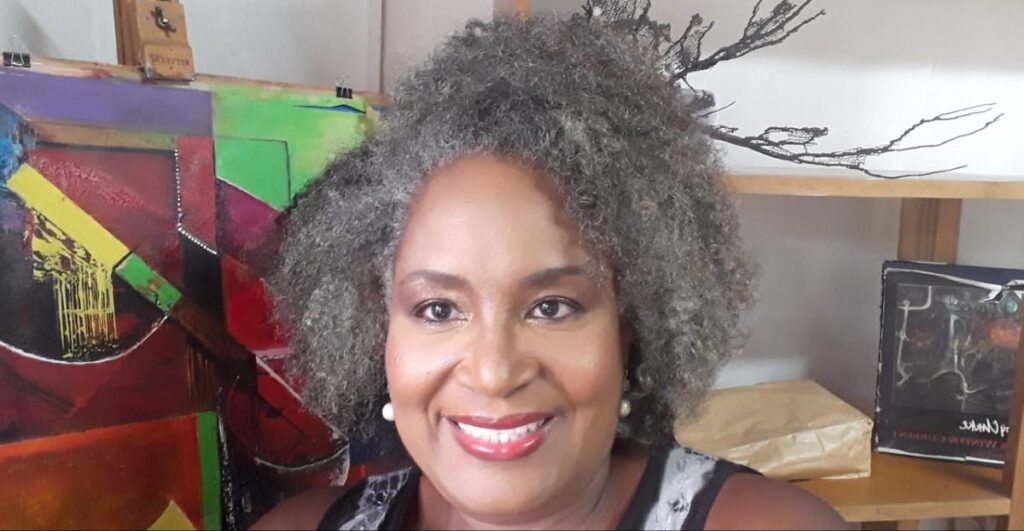
What she does is art as therapy. The difference is that one falls into the professional field and the other is personal engagement. With art therapy the individual goes to the therapist, who may give them something to paint, and then analyses it.
“They use art in your health analysis.”
Ravello, however, engages in art as a therapeutic intervention. It often helps her to displace anxiety.
“The way my anxiety presents is mainly racing thoughts. I paint and it takes my attention away from the thoughts. It gives me something else to do. It displaces whatever I may be feeling.
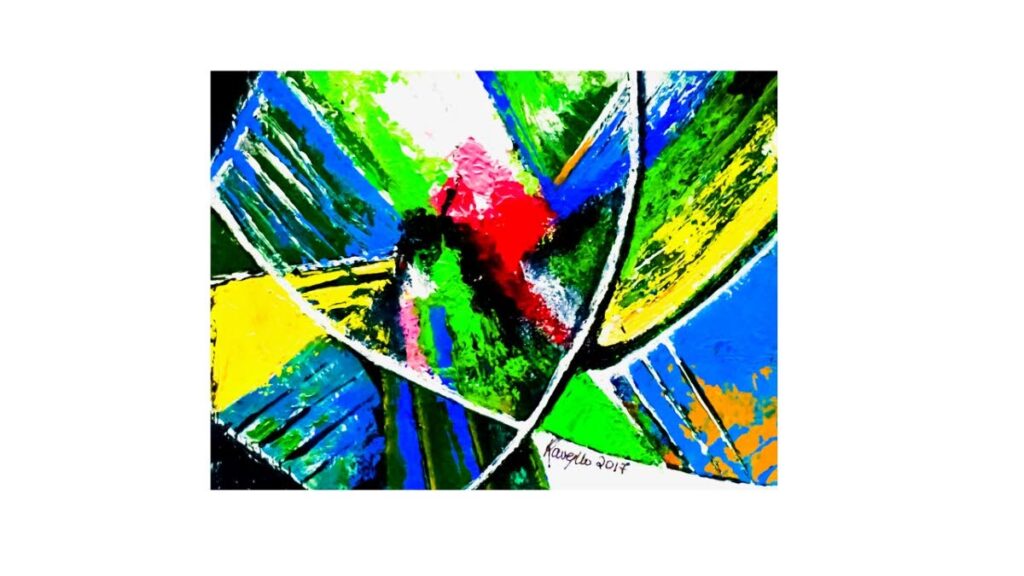
“If my mood is low, just mixing the colours helps. Sometimes I do that, I go to the canvas or piece of paper and just mix the colours. I just play with them. I do nothing. I am not looking for any form or any pattern. I just play with the acrylics and I feel better. I really come out of the session feeling better,” she said.
While her medium is largely acrylics she also sometimes uses mixed media. She keeps a box of scraps – things like grocery receipts and clothing labels.
“I sit and decide I would create something out of the things, using beads and sequins.”
To My Mind does not include Ravello’s mixed-media work.
“I even find mixed media more relaxing because of the way you place a piece of fabric and decide what colour to paint. ‘How am I going to apply it?’
While there aren’t specific themes in the online exhibition, some pieces share specific messages, like 2014’s Soiree.
Even though there aren’t many in this exhibition, there are a lot of depictions of women in Ravello’s work. Her 2017 Delicate Daughter, found in the catalogue on page 35 is an example of this.
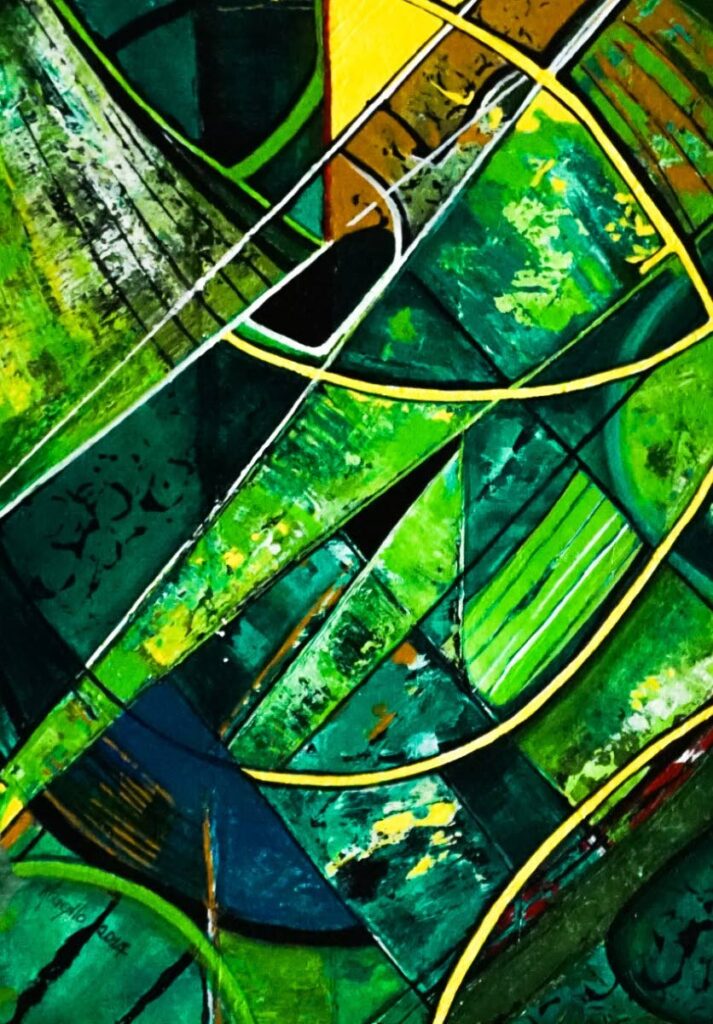
“Somehow I default to women: in congregating, a kind of fellowship, in some kind of conversation. I was talking to a curator recently and I said, ‘I am always defaulting to women.’
“And she said, ‘Maybe you are trying to recreate you and circumstances for you.'
"And she got me thinking, ‘Why am I always?' I never start off wanting to paint women but I do, a lot."
There are also references to sacred
things in her body of work. For example the catalogue’s cover is of the Orisha spirit of the forest, Aja.
For those interested in buying a piece, one simply has to go to the order page and fill out the order form and one of Ravello’s team members will contact you.
Since its launch there has been strong interest and growing sales.
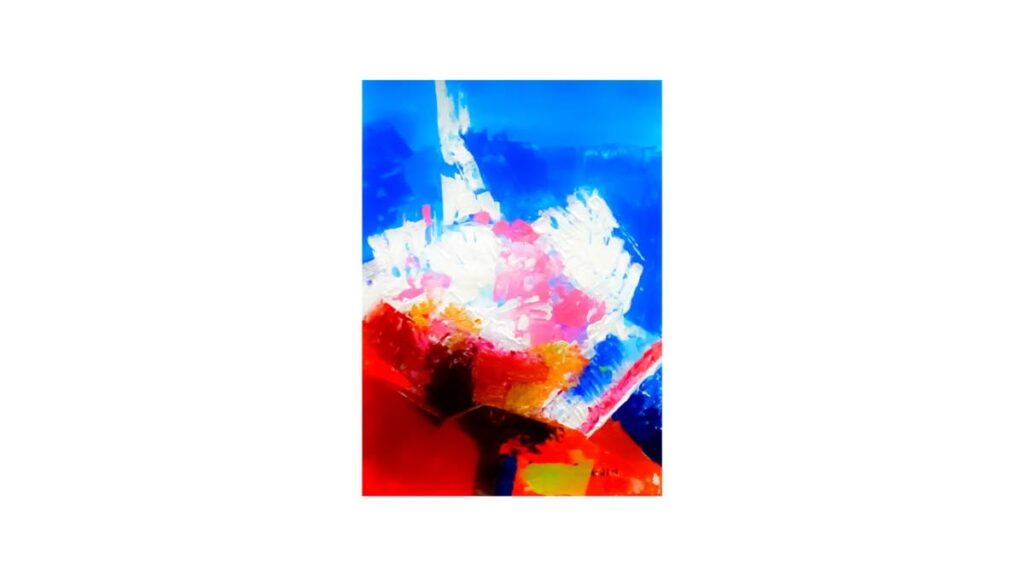
As she settles into working on a doctorate in public health,
she plans to have a physical showing sometime in the very near future. There were plans for this year, but she was unable to manage it because of her studies, she said.
Ravello wants to use her art in her public health work and show its value as a tool in public health intervention. But, to her, the covid19 pandemic gave the biggest example of why it was necessary in this area.
She believes it is important for people who live with any kind of disability, especially disabilities of the mind, to find a connection with whatever brings the most calm, ease and healing.
For Ravello, those are canvas and paint.


Comments
"Caroline Ravello’s healing art"